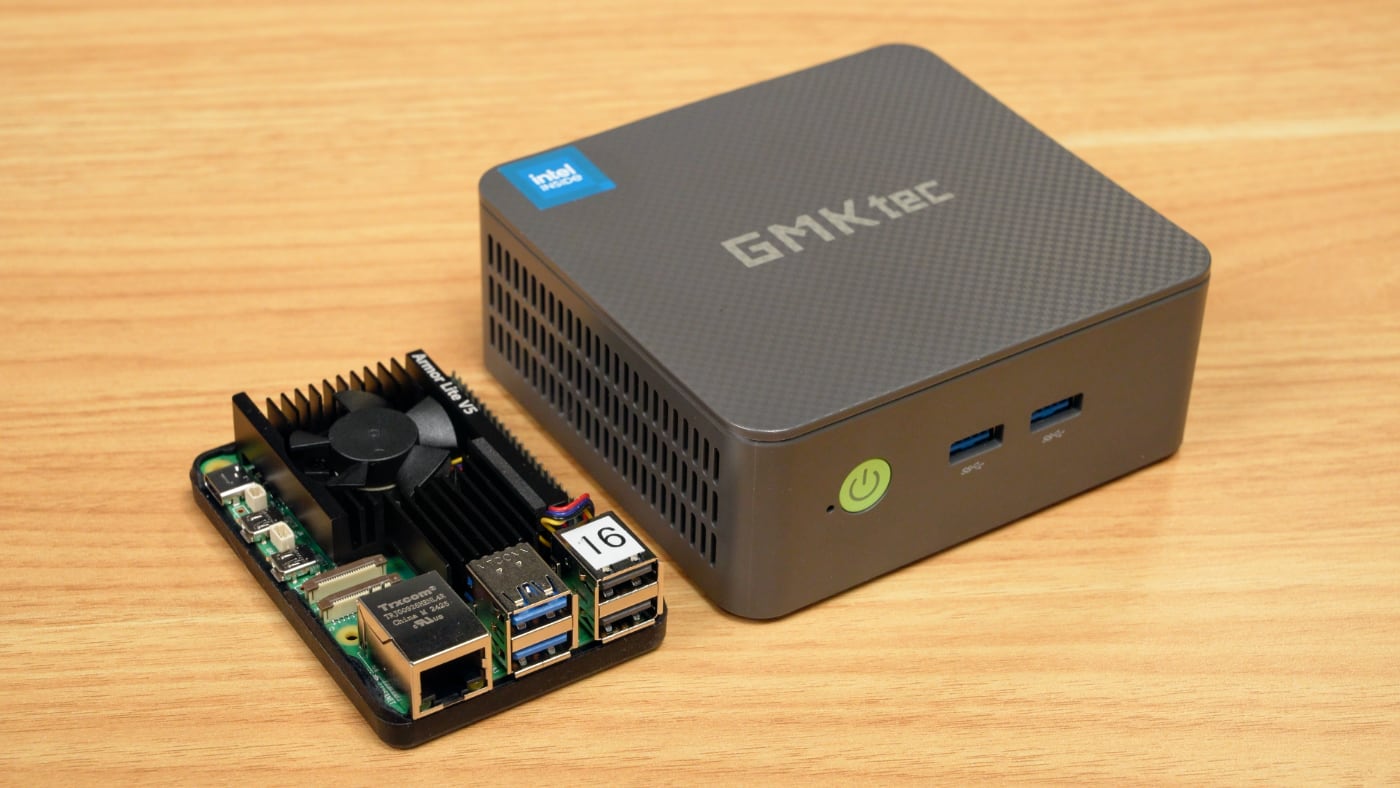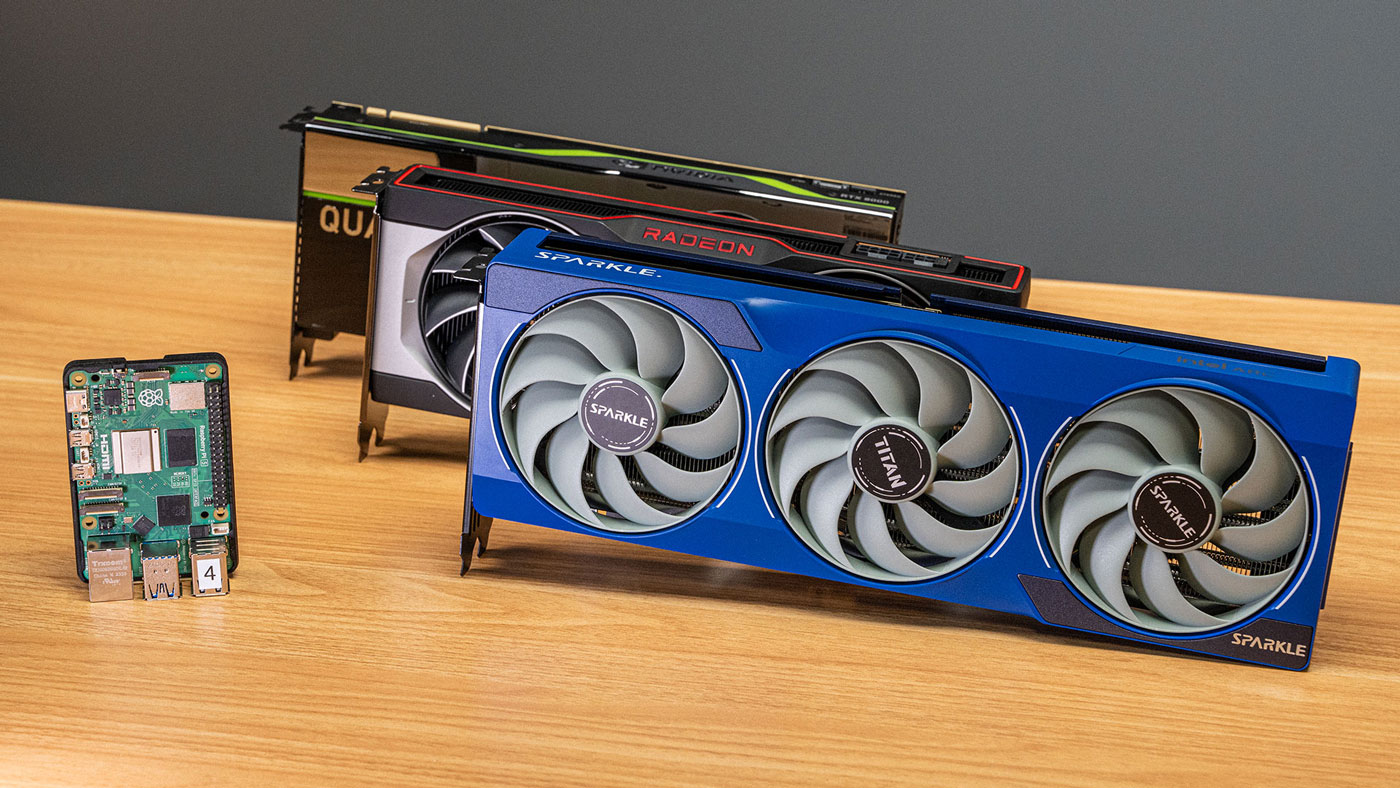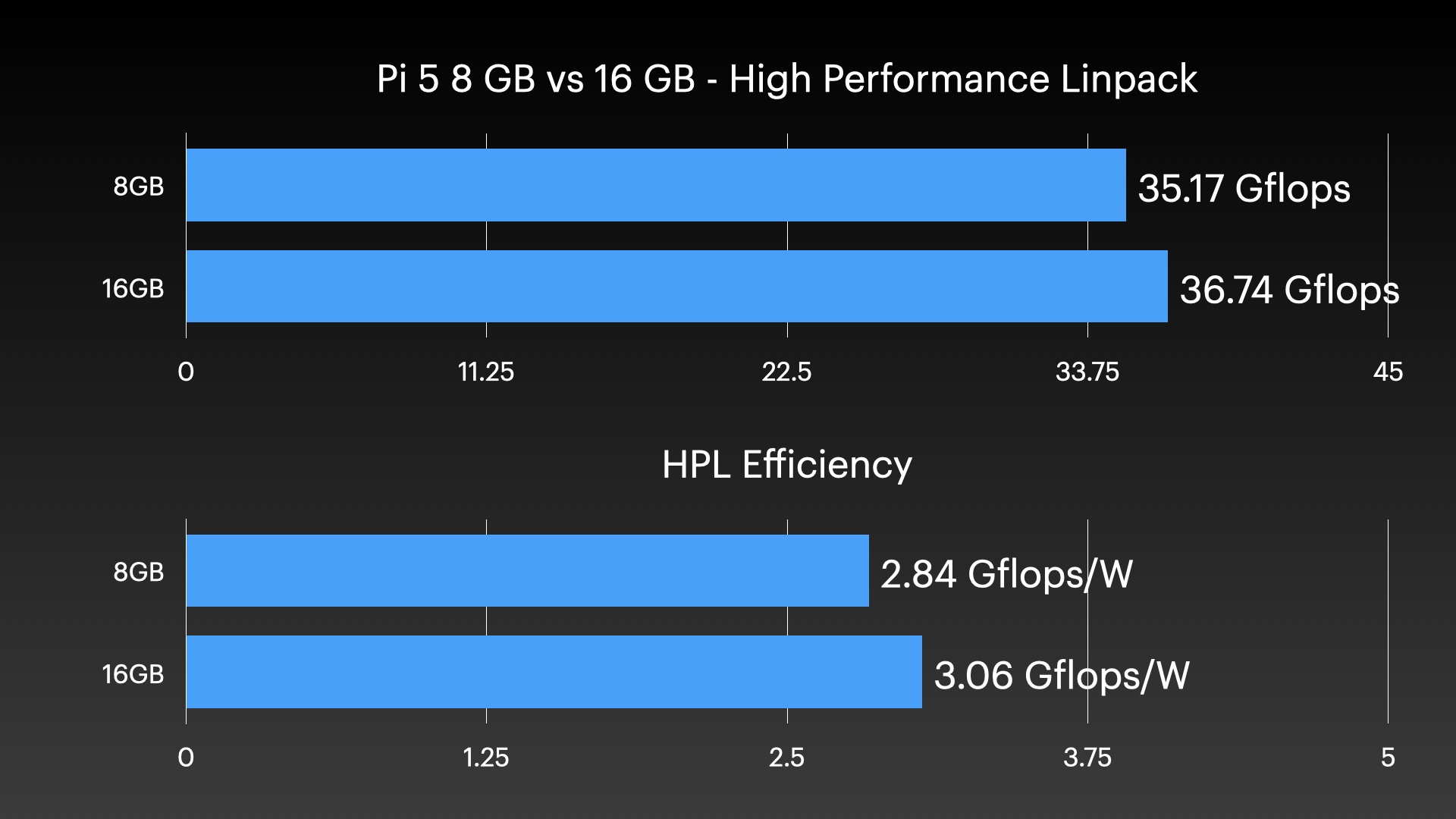RISC-V is the new entrant into the SBC/low-end desktop space, and as I'm in possession of a HiFive Premier P550 motherboard, I am running it through my usual gauntlet of benchmarks—partly to see how fast it is, and partly to gauge how far along RISC-V support is in general across a wide swath of Linux software.
From my first tests on the VisionFive 2 back in 2023 to today, RISC-V has seen quite a bit of growth, fueled by economics, geopolitical wrangling, and developer interest.
The P550 uses the ESWIN EIC7700X SoC, and while it doesn't have a fast CPU, by modern standards, it is fast enough—and the system has enough RAM and IO—to run most modern Linux-y things. Including llama.cpp and Ollama!
Compiling Ollama for RISC-V Linux
I'm running Ubuntu 24.04.1 on my P550 board, and when I try running Ollama's simple install script, I get:








